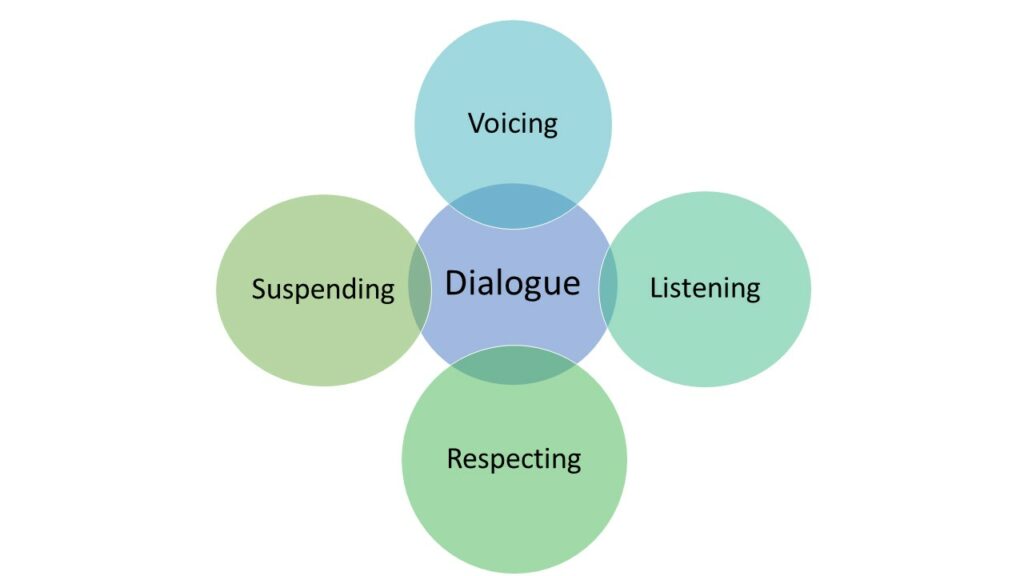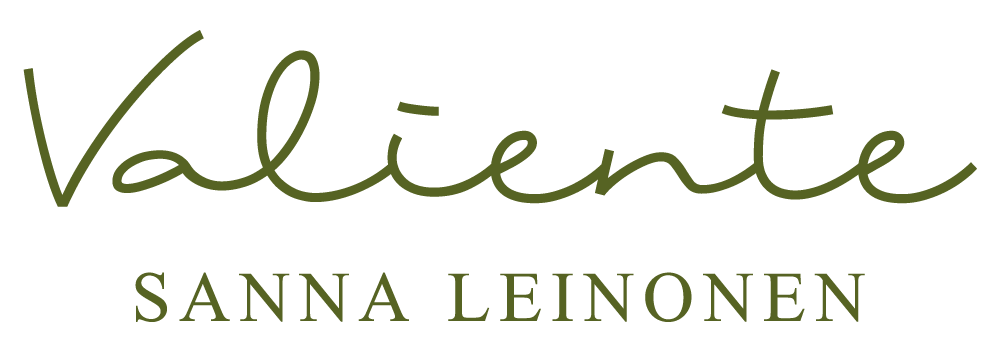These principles, reflecting and reading, should not be forgotten. It’s extremely important for the team to reflect on its work and read about new developments and notions in education. This should be done in face-to-face interaction, sot that it’s possible to engage in meaningful dialogue.
Reading helps the team to acquire new knowledge which they can then implement in their work. Reflecting again is an essential part of teachers as learners. According to Freeman and Johnson, “teachers are often overlooked, and they are portrayed as conduits to students rather than as individuals who think, and are learning, in their own right. Correcting the view of who the learner is in this process is a critical conceptual step.” If you don’t think about what you are doing, you are not learning anything.
A very important part of reading and reflecting principle is dialogue. I think Isaacs dialogue diamante has all the essential elements of dialogue. Dialogue is not just talk. Isaacs says “It’s the embrace of different points of view — literally the art of thinking together,”. Too often people are caught up in what they think others are saying. People who think and talk together effectively, he adds, possess the following qualities.

Dialogue in teacher collaboration
LISTENING — We must listen not only to others but to ourselves, dropping our assumptions, resistance, and reactions.
RESPECTING — We must allow rather than try to change people with a different viewpoint.
SUSPENDING —We must suspend our opinions, step back, change direction, and see with new eyes.
VOICING —We must speak our own voice. Find our own authority, giving up the need to dominate.


